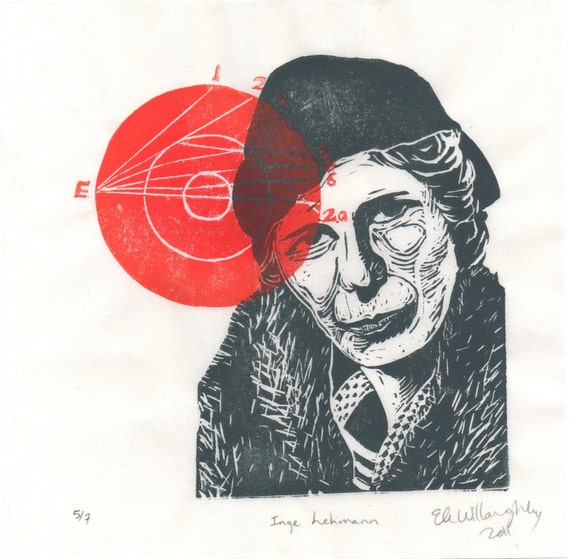Perhaps one of the biggest things that keep women (and I mean women systemically, as a whole; individual women have individual experiences that deviate from the norm in all kinds of ways) out of STEM fields is the "you can't be what you can't see" phenomenon. After hundreds of years men doing most of the heavy academic lifting because women were rarely given a chance, a vicious cycle was set up: men were given a head start, made a good portion of the significant breakthrough in the early years of "science" (after the painful separation from its conjoined twin, "natural philosophy"), and so it was that science became a de facto masculine set of fields with male pioneers. We can't know how many female Lavoisiers or Copernicuses or Galileos there could have been had they been given equal education and access to the same resources.
Even when women were finally given access to the same education, habit or prejudice or a combination of the two often resulted in their discoveries and contributions being minimized or ascribed to male colleagues. This erasure has finally begun to be addressed, and the result is that every day there seems to be a new STEM innovator whose share of the spotlight would no doubt had been greater if she had been born a man. Scientific American has a great collection of art depicting a few of these interesting and brilliant women; I encourage you to click through and browse the entire collection. (It includes a print from the Mad Scientists of Etsy's own resident marine geophysicist artist and new mom, minouette!)
 |
| Inge Lehmann linocut by minouette |
Ify Aniebo is getting her PhD in medicine from Oxford, conducted HIV/AIDS research in Swaziland, and one day hopes to cure malaria.
Ruby Hirose made significant contributions to the polio vaccine.
Rosalyn Sussman Yalow won a Nobel Prize for developing the radioimmunoassay technique, which dramatically improved allergy tests.
Barbara McClintock also won a Nobel Prize for her work in genetics; specifically, the idea of genetic recombination in maize.
Who are your favorite women in science?

No comments:
Post a Comment